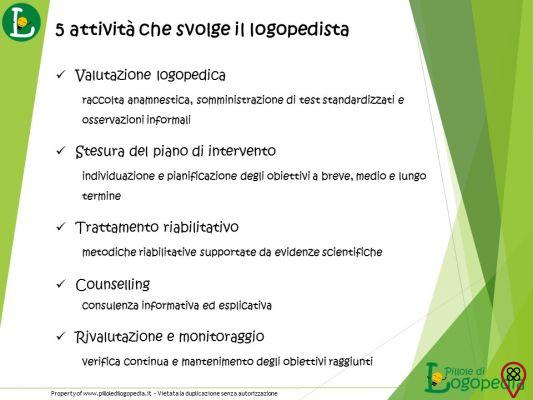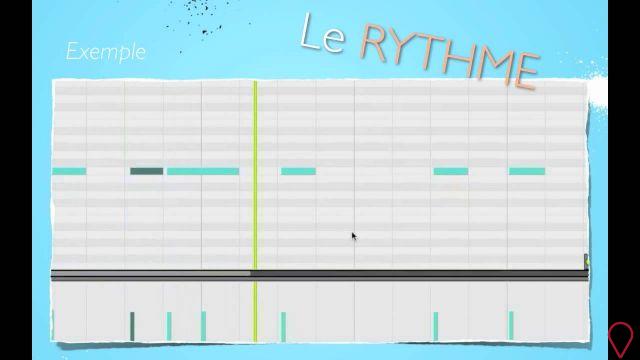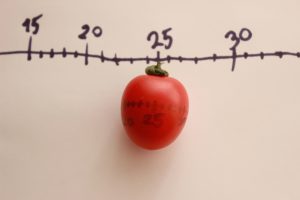Children with learning difficulties in school may be seen by parents and teachers as disinterested and sloppy. But red notes may be a sign of dyslexia, a disorder that affects the ability to read and write. The condition affects about 5% of the Spanish population, according to the ABCD Institute, a social organization dedicated to young people with dyslexia and other learning problems.
There is no cure for dyslexia, which is genetically inherited and not related to psychological disorders. The treatment, carried out with speech therapists, psychologists and psychopedagogues, usually guarantees a normal life for people with the disorder. Reading and writing will require constant effort, but the child can go about his school life without any problems.
The diagnosis of a dyslexic child can only be made from literacy, when a teacher realizes that the student's evolution is below expectations. Even so, it is necessary that the child is submitted to the analysis of teachers, psychologists and speech therapists to differentiate whether he has specific difficulties or is dyslexic.
Some characteristics that can lead to the diagnosis of dyslexia:

Slow and fluent reading
Children with dyslexia tend to take longer to read than those without the disorder, this is because they have difficulty identifying words and associating them with their meanings. His reading aloud is often less fluent than that of other children of the same age.
Spelling errors
Dyslexia impairs phonographic awareness, that is, the ability to discriminate between similar sounds. Therefore, letters with similar pronunciation, such as V and F. P and B, T and D, are often interchanged in writing, causing spelling errors. Dyslexic children also have difficulty memorizing spelling rules and even putting two letters together to form a single syllable.
Delay in sentence construction
Due to the difficulty of forming words and assigning meanings to them, people with the disorder tend to be slow to build sentences. Often sentences are meaningful but grammatically incorrect, such as “I was sleepy”.
Difficulty following long sentences
Working memory is popularly known as short-term memory. This is what we access when writing down a phone number before forgetting it or performing mathematical operations. Dyslexia affects this memory. So long orders – like opening a certain book to a certain page and doing a certain exercise – are a challenge for dyslexics.
mirror writing
Writing words backwards, as if the text had been placed in front of a mirror, can be a sign of the disorder. Mirror writing stems from the difficulty in forming words and learning the alphabet, present in school-age dyslexics.
Lack of concentration
Dyslexics may have trouble focusing on activities that require attention, such as puzzles and games of the seven mistakes. This difficulty also occurs during classes.
Difficulty with notions of time and space
Dyslexic children take longer than others to acquire temporal and spatial notions, as well as dominance of sides and concepts of right and left. They can confuse “yesterday and today” or “above and below”
It is important to emphasize that these signs analyzed individually cannot be considered as dyslexia, therefore, it is necessary to consult a specialized professional to carry out an evaluation with a pertinent protocol, and from this, the correct diagnosis can be safely given.

























